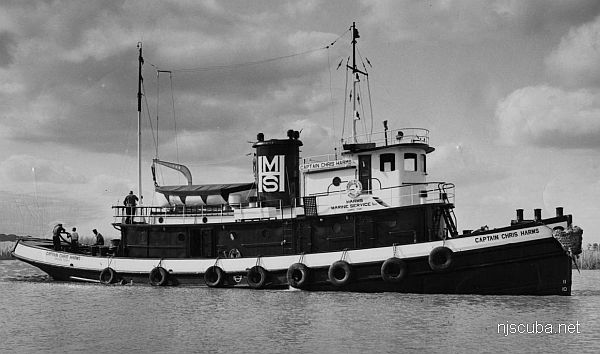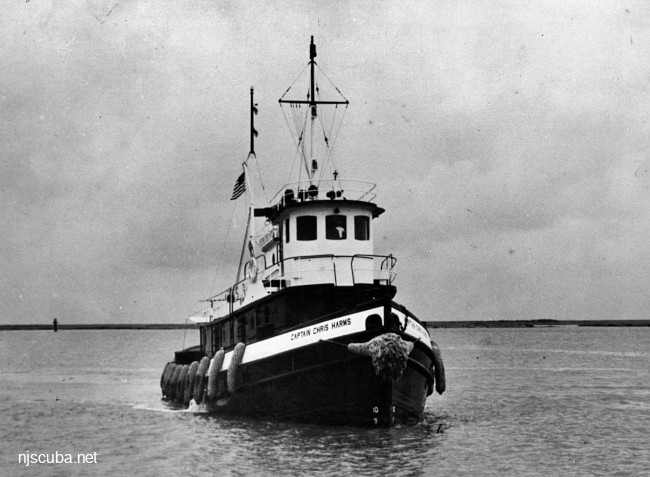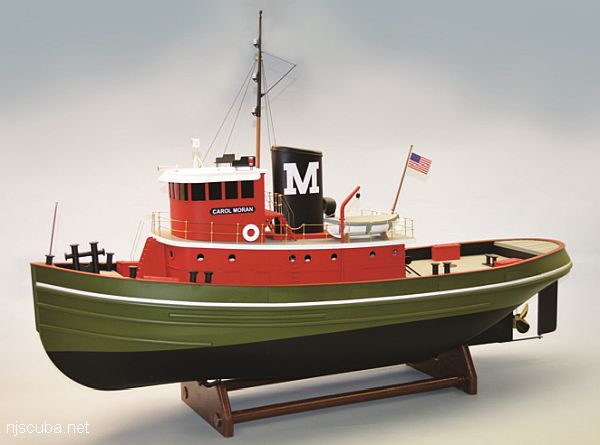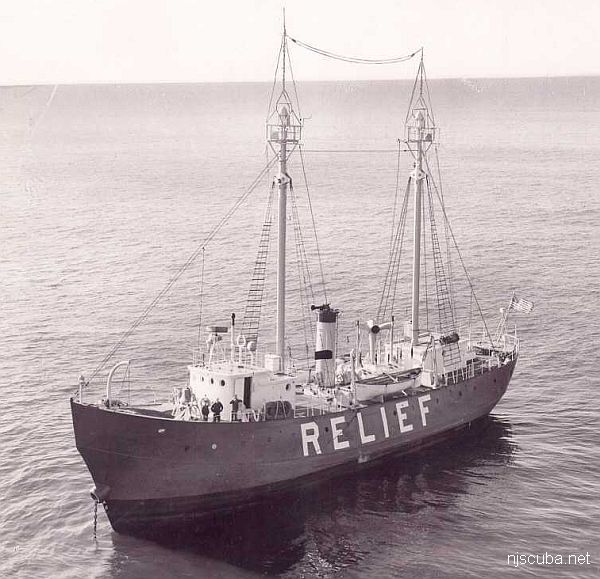Sandy Point

- Type:
- artificial reef, tugboat
- Built:
- 1947, Gulfport Shipbuilding, Port Arthur, TX, as Captain Chris Harms
- Specs:
- ( 85 ft )
- Sunk:
- Wednesday March 10, 2010 - Delaware #11 Artificial Reef
- GPS:
- 38°40.540' -74°43.957'

Built in 1947, by Gulfport Shipbuilding of Port Arthur, Texas (hull #273) as Captain Chris Harms for Harms Marine Services Incorporated of Houston, Texas. In 1964, the tug was acquired by the Moran Towing Company subsidiary Curtis Bay Towing Company of Baltimore, Maryland, where she was renamed Sandy Point. In 1980, she was acquired by the Crescent Towing and Salvage Company of New Orleans, Louisiana, and renamed Lillian Smith. In 1991, the Crescent Towing and Salvage Company renamed the tug the Fort Conde. The tug was single-screw, rated at 1,000 horsepower.
tugboatinformation.com



Questions or Inquiries?
Just want to say Hello? Sign the .